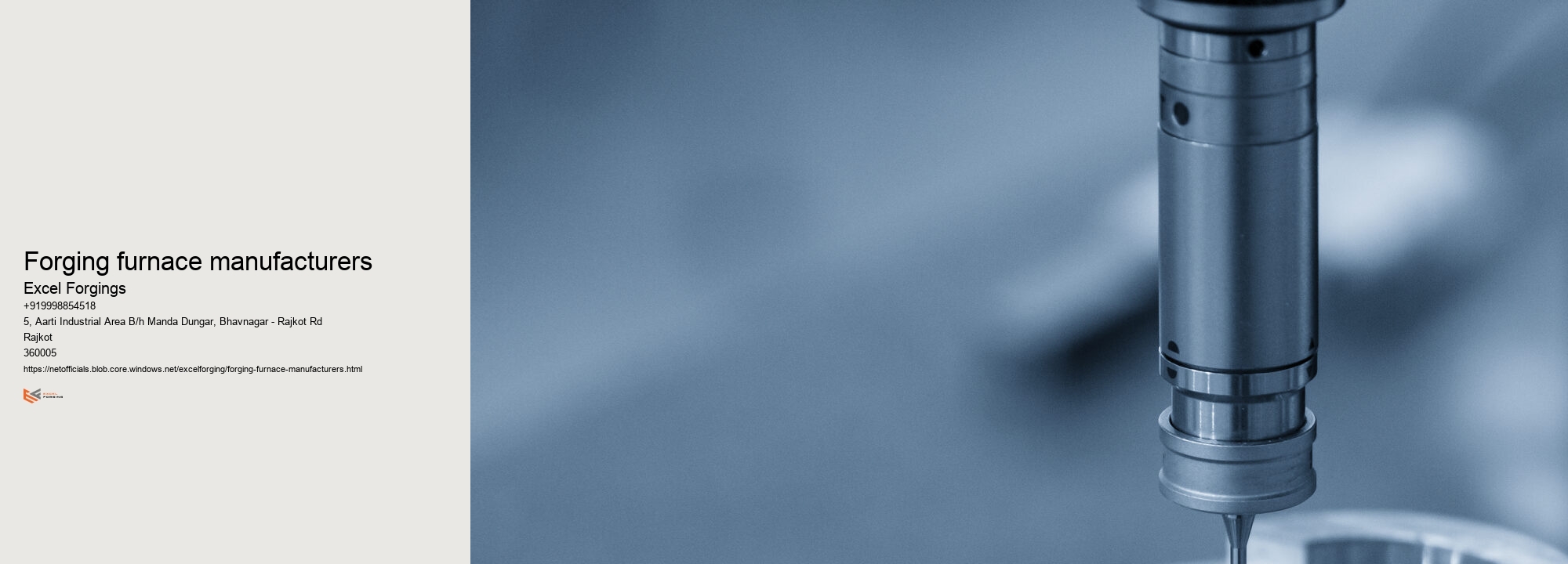


The environmental and regulatory requirements for forgings vary depending on the specific industry. Generally, environmental regulations focus on controlling and limiting the use of hazardous materials, as well as minimizing water and air pollution during forging processes. On the other hand, regulatory requirements commonly include following workplace safety guidelines and obtaining necessary permits. Additionally, any materials used in forging processes must be approved for their intended use by relevant agencies or organizations.
Forgings must meet stringent health and safety requirements. These include adherence to national and local codes, meeting industry standards for quality assurance and control, passing durability testing, completing certification or registration processes with third-party organizations such as Underwriters Laboratories (UL) or American Society of Mechanical Engineers (ASME). Companies that manufacture forgings should also have a certified Quality Management System in place. It is essential that all safety procedures are strictly followed when working with forging machinery and equipment. Furthermore, protective gear such as goggles, gloves and other personal protective equipment (PPE) should be worn at all times when handling forgings.
The customer requirements for forgings vary depending on the application, but generally include specifications regarding tensile strength, surface finish, ductility, and hardness. Other requirements may involve design features such as dimensional accuracy and shape consistency. The customer may also require additional services such as testing or heat treatment depending on the usage and environment of their final product.